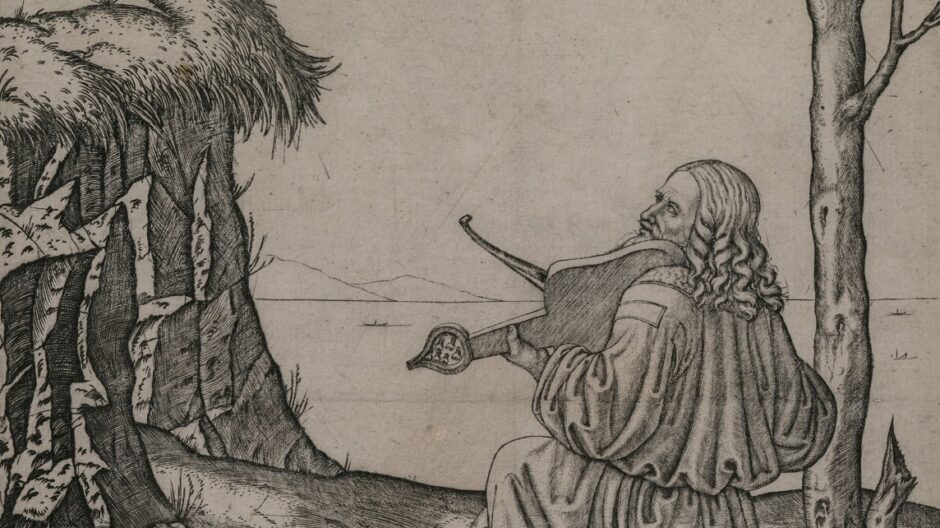Matteo Chirumbolo and Tamsin Lewis
5 evening seminars on campus at Vernon Square over 5 weeks at 18:30 to 21:00, from Wednesday 6 November to Wednesday 4 December 2024, with an integral course visit on Saturday 16 November 2024
£495
Course description
Music and the visual arts were related disciplines throughout the Renaissance period. While practitioners often moved freely between both art forms, audiences could experience visual and musical spectacles simultaneously in both ecclesiastical and courtly or domestic settings. The disciplines themselves often moved in complementary directions, whether making use of parallel frameworks for composition, or even borrowing characteristics from the other to stimulate the senses, and thereby enhancing the persuasive qualities of a work. Renaissance theoreticians were fascinated by the similarities and divergences between art and music, debating their relative merits and building on classical traditions that posited a hierarchy of the senses.
This course will explore the cultural contexts of music and artmaking, and of aural and visual experience, in the Renaissance. It will examine parallel themes in both art forms and the ways in which these were consumed. How was the theme of love treated in art and music? In what ways did painters, architects and musicians contribute to the staging of such magnificent courtly weddings as that of Cosimo I de’ Medici to Eleonora of Toledo in 1539? How did art and music come together within the Basilica of San Marco in Venice? And can the emergence of triangular forms in art and the triad in music be considered parallel phenomena with the mutual goal of producing harmony? We shall look at marriage chests, drawings, illuminated choir books, mosaics and paintings; we shall examine madrigals, consort songs, canticles, and musical techniques such as word painting. Collections visits and live musical performances will allow course participants to ground classroom learning in first-hand experience.
Lecturers' biographies
Matteo Chirumbolo has recently completed his PhD at The Courtauld, where he has previously taught the BA Foundations course and has held seminars for MA students in the Renaissance special option. Matteo’s PhD focuses focusses on the ecclesiastical patronage of Girolamo Basso (1435? – 1507) and Domenico della Rovere (1442 – 1501) between Turin, Savona, Loreto, and Rome. The thesis interrogates issues such as the meaning and ‘translation’ of style, and strategies of self-fashioning and memorialisation in early Renaissance Italy. Matteo has held a predoctoral fellowship at the Kunsthistorisches Institut in Florenz (2020-2023) and collaborates regularly as researcher with museums and private galleries in Italy and the UK.
Tamsin Lewis studied violin at the Florence Conservatoire before reading Classics and Italian at Oxford. She directs the early music ensemble Passamezzo, and has written, arranged, directed and played music for theatre productions at venues including Shakespeare’s Globe, the Rose Theatre and Hampton Court. She collaborates with theatre, costume, design and dance historians and practitioners to reconstruct masques and other Renaissance entertainments. Recent work in film and TV includes singing with Lucy Worsley in ‘A Merry Tudor Christmas’; and working as historical and musical consultant on ‘Firebrand’, ‘A Discovery of Witches’ and ‘Draw on Sweet Night’.
Tamsin is a Fellow of the Royal Historical Society and has written books and articles on early modern music and society.
